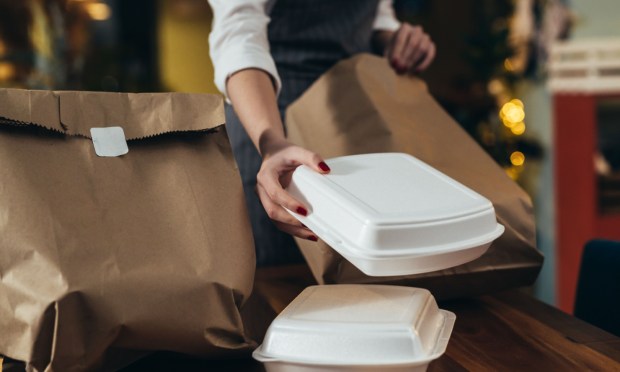Restaurants Harness Ghost Kitchen Learnings to Boost Omnichannel Performance

Restaurant chain Dog Haus has become the latest brand to tap expertise from the ghost kitchen world to give the brand the competitive edge in today’s rapidly evolving restaurant industry.
On Monday (Aug. 28), virtual restaurant company Kitchen United announced via LinkedIn that its CEO and former CFO Michael Montagano is leaving the company to become the chief executive of the 91-location hot dog chain.
“[Montagno’s] expertise is in growing franchises, expanding virtual brands and delivery, and implementing new technologies and marketing strategies,” Dog Haus commented in its own LinkedIn post. “He will lead us by enhancing our technology, expanding our brands, and maximizing our online and in-store strategy, all in effort to add meaningful value for our franchisees and guests.”
Dog Haus is not the only brick-and-mortar chain pulling from the ghost kitchen sector to boost its performance across digital and physical channels. Last year, for instance, Frisch’s Big Boy, a restaurant chain with more than 100 locations, named James Walker, former CEO of short-lived ultrafast grocery delivery service Buyk and the executive at the helm of Nathan’s Famous’s ghost kitchen expansion, as its chief executive.
Meanwhile, casual dining giant Chili’s Grill & Bar is pivoting away from its virtual brands but leveraging the success of its “It’s Just Wings” ghost kitchen chain to boost the popularity of its physical restaurants. The brand’s parent company, Brinker International, shared on an earnings call earlier this month that it is adding the wings menu to drive visits and increase average check size.
“We’ll be graduating the virtual brand It’s Just Wings to the real world where they will now have the marketing power and distribution of Chili’s Grill & Bar,” Brinker International CEO Kevin Hochman told analysts. “We see an opportunity to leverage It’s Just Wings’ brand as a trip driver for bar visits, and … It’s Just Wings will also appear on the everyday dining room menu, and we expect it to drive add-ons and trade-up in the appetizer section.”
These moves to leverage the learnings of ghost kitchens in service of omnichannel brands come as consumers grow frustrated with the ghost kitchen boom. According to data from PYMNTS’ exclusive study “Connected Dining: The Robot Will Take Your Order Now,” which draws from a census-balanced survey of nearly 2,000 U.S. consumers, only 48% report being interested in virtual kitchens. The majority, conversely, are not interested in restaurants unless they have physical locations.
Yet many consumers continue to order from restaurants online. Research from PYMNTS’ study “ConnectedEconomy™ Monthly Report: The Urban-Rural Health Divide Edition,” which drew from a survey of nearly 2,500 U.S. consumers, revealed that 75% of urban consumers engage with restaurants digitally, as do 46% of suburban residents and 28% of those who live in rural areas.
As such, by harnessing the learnings that ghost kitchen veterans have gained operating in this digital-only sector, omnichannel restaurant brands have the chance to boost their competitive positioning in the virtual world while continuing to offer face-to-face service in their brick-and-mortar locations.

